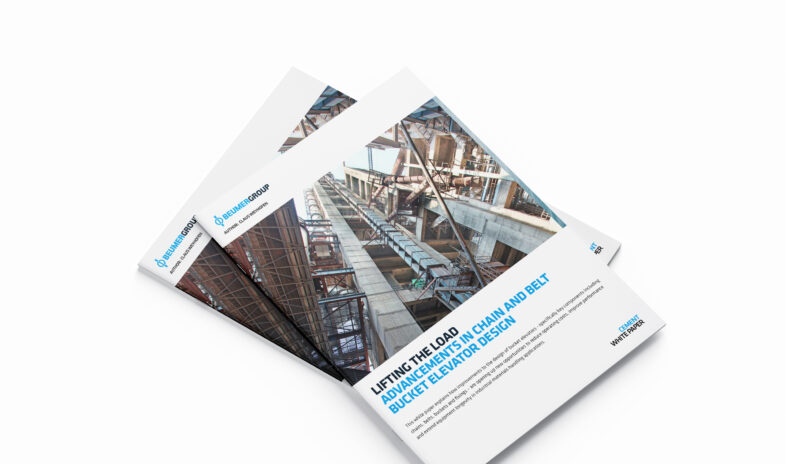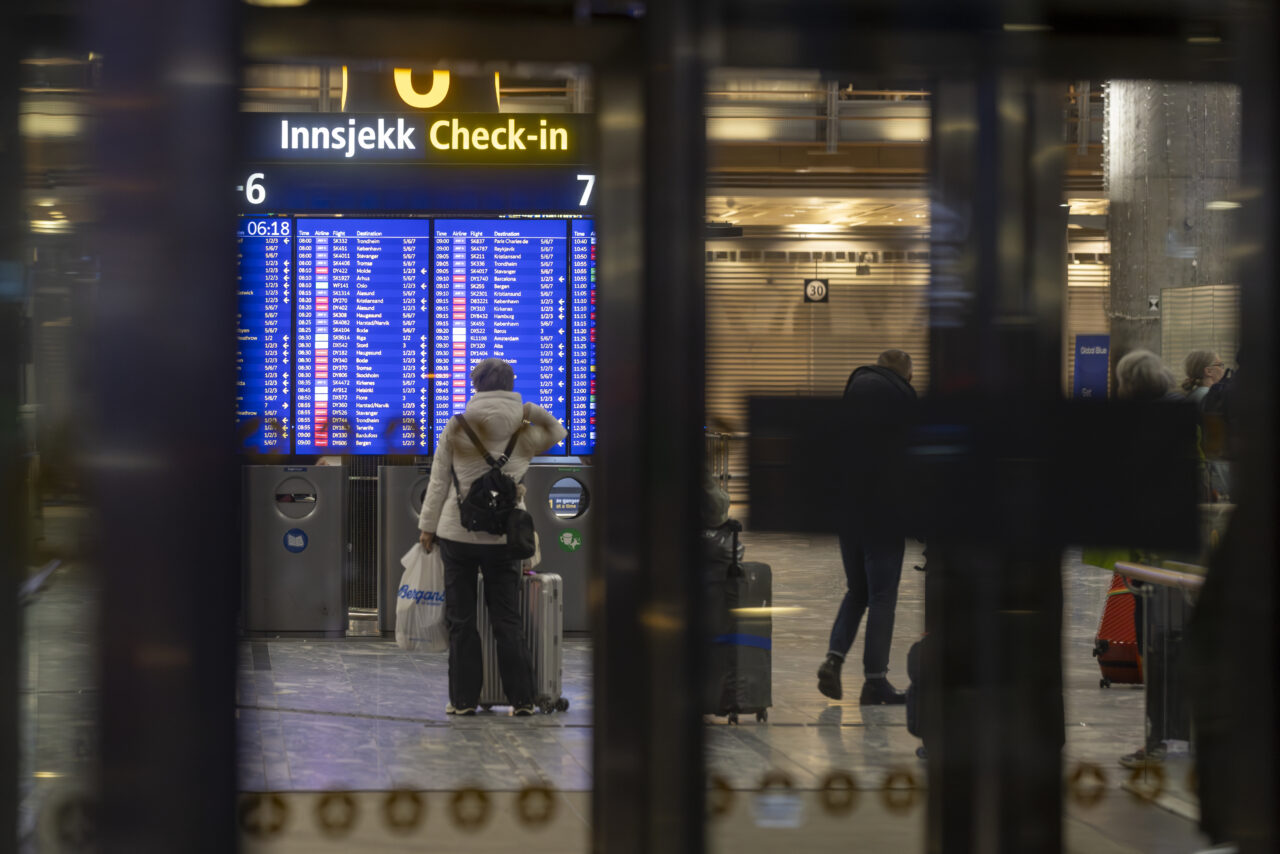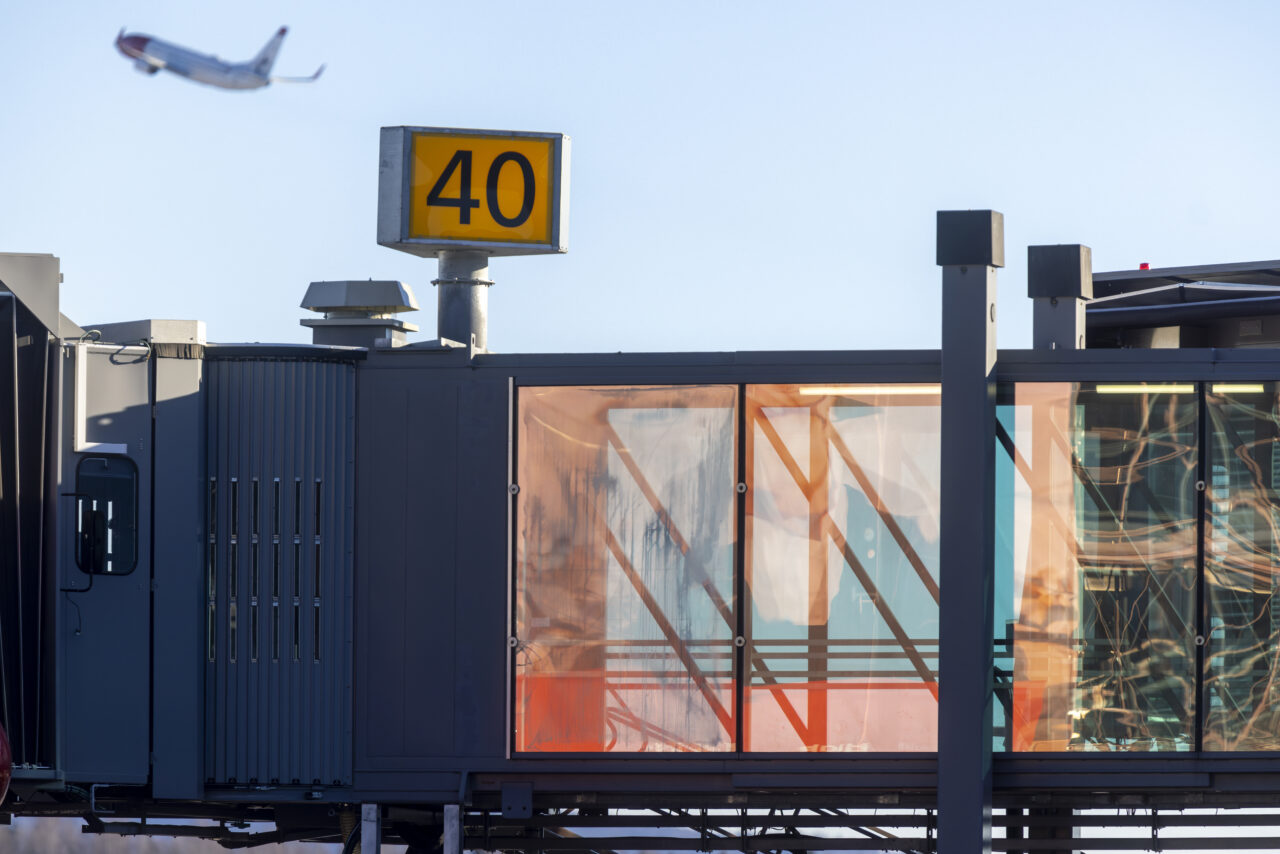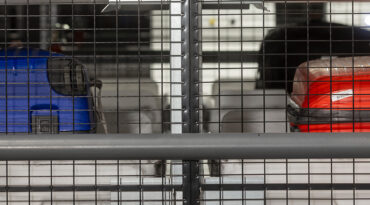An airport’s choice of baggage handling system (BHS) supplier will shape operational performance for decades – if it chooses wisely.
In the area of sustainability, the choice is particularly crucial.
Beyond throughput, footprint and integration, the right system and supplier can also contribute meaningfully to the airport’s long-term ESG ambitions.
“What should we expect from our BHS supplier?” is therefore one of the most important questions an airport should ask before issuing a tender or signing a contract.
The answer will affect everything from purchase and installation to daily operations and OPEX, as well as how long the system performs before any major overhaul.
By evaluating needs with an experienced system provider, airports can choose a partner whose life-cycle commitment keeps OPEX in check and sustains both operational excellence and measurable ESG performance for decades.
Expect … measurable ESG gains from a well-designed BHS
Despite its central role in airport operations, a BHS is often overlooked in sustainability strategies.
In fact, in the 2024 report ‘Environment, Social, and Governance: An Introduction to Performance and Risk Management Metrics for North American Airports’, published by Airports Council International – North America, BHS isn’t mentioned at all.
But a modern BHS is far more than a mechanical process for moving luggage. When it is well-designed, it can directly support an airport’s ESG vision and accelerate progress towards sustainability targets.
From energy consumption and maintenance efficiency to data visibility for ESG reporting, the right system can become a measurable contributor to ESG performance.
Short-term, low-cost BHS simply can’t compete when evaluated in this broader strategic context.









